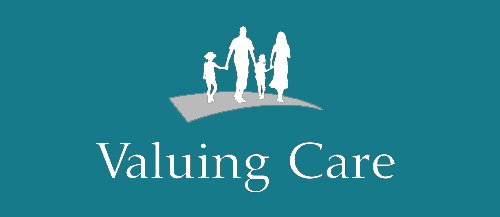Health Tech Newspaper – CHC Technology

The cultural change of using technology to purchase CHC placements: are we ready?
Ray Hart, director at Valuing Care, discusses the cultural change of using technology to improve the purchasing process for CHC placements. He discusses the benefits, and explains why training is essential to its success. In most industries, for people in the workforce whose roles have purchasing responsibilities, there are processes in place, and access to data, to help decision making. This information is largely technology-based and helps the purchaser get the best price whilst still ensuring sustainable supply.
In Continuing Healthcare (CHC), this isn’t always the case. Nurses and assessors for instance, commonly purchase CHC packages over the telephone or via face-to-face meetings without any pricing information to back those transactions. They are responsible for purchasing thousands of pounds worth of care, and yet often this task is completed without challenge to the prices providers quote, and without question on the breakdown of those costs.
Gven the need for greater scrutiny of costs in healthcare, together with the urgency to reduce expenditure and achieve value for money, new technology is bringing much needed improvement. It is enabling assessors to delve deeper into the costs of care packages on a real-time basis, and challenge the rates quoted; bringing the purchasing process in line with other industries. There are some CCGs and CSUs leading the way here, adopting innovative technology to improve practices, yet overall progress across the board has been slow.
In reality, this is not a complex issue to tackle, it achievable for any department. So what is holding back progress?


Whilst technology that enables a much smoother CHC purchasing process brings clear benefits for healthcare in terms of improving financial and operational efficiencies, it also creates challenges for these teams. Changing old working practices and habits, for many is a difficult hurdle to overcome, and the key here is training and engagement.
It is a huge cultural change for frontline workers; having to use technology for an element of their role which in the past has always been manual. Therefore it’s essential to engage the workforce in the developments and encourage commitment. Part of this is to communicate and train people on how using technology to complete this process will improve day-to-day working practices, and their own skill set, as well as highlighting the benefits it brings to healthcare as a whole.
Adding a new area around the detailed components of cost is not easy but, rest assured, the providers selling packages of care know the underlying cost of their care and work this way. Without being similarly armed with that knowledge the advantage will always be on the supplier’s side.
However, implementation of this type of technology makes teams more price aware, and provides real-time information on costs. For people with purchasing duties, having a better understanding of costs and the price they should be paying for care, is fundamental. It facilitates better decision making and enables commissioners to secure value for money with providers. It also encourages people to think about other techniques, such as negotiating, to reduce costs; which in an ever financially challenged healthcare, is invaluable.


A further advantage of having a more effective purchasing processes in place is that it allows staff to reallocate their time to frontline duties, rather than being tangled up in admin-related work. This is a welcome step forward for most healthcare professionals.
As the number of CHC placements in the NHS continues to rise, with 62,000 people eligible for CHC funding in 2015/16, the potential for innovative technology in this area is enormous, it’s a significant breakthrough and is imperative to future sustainability.
Technology helps overcome the limitations of the current approach to purchasing CHC placements, and with greater visibility and control over costs, commissioners will manage and purchase better, more cost-effective CHC placements.








